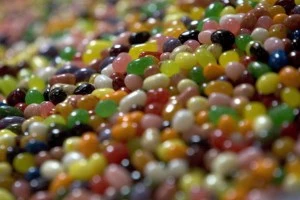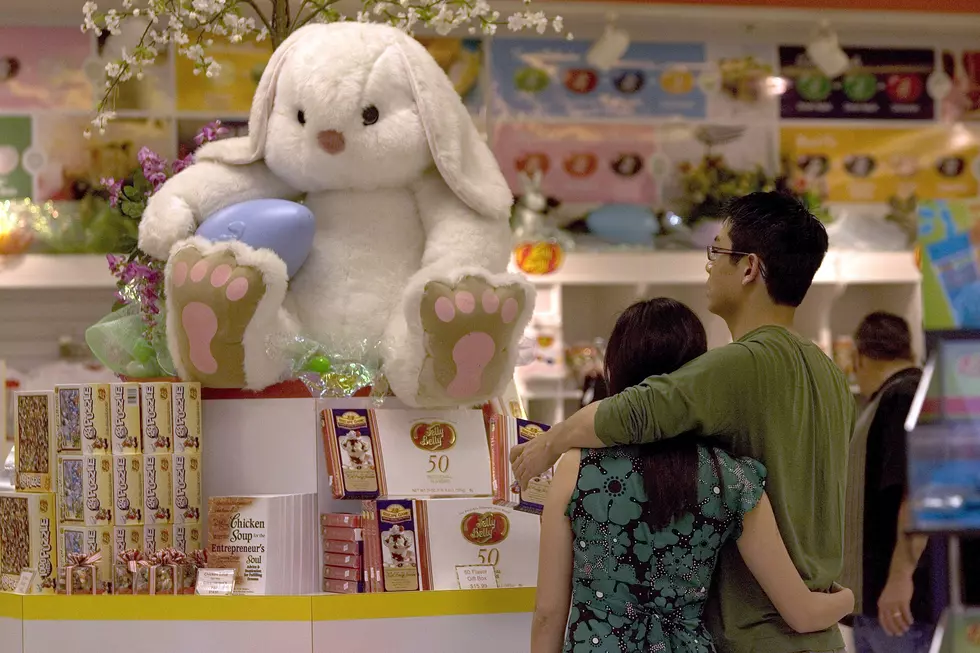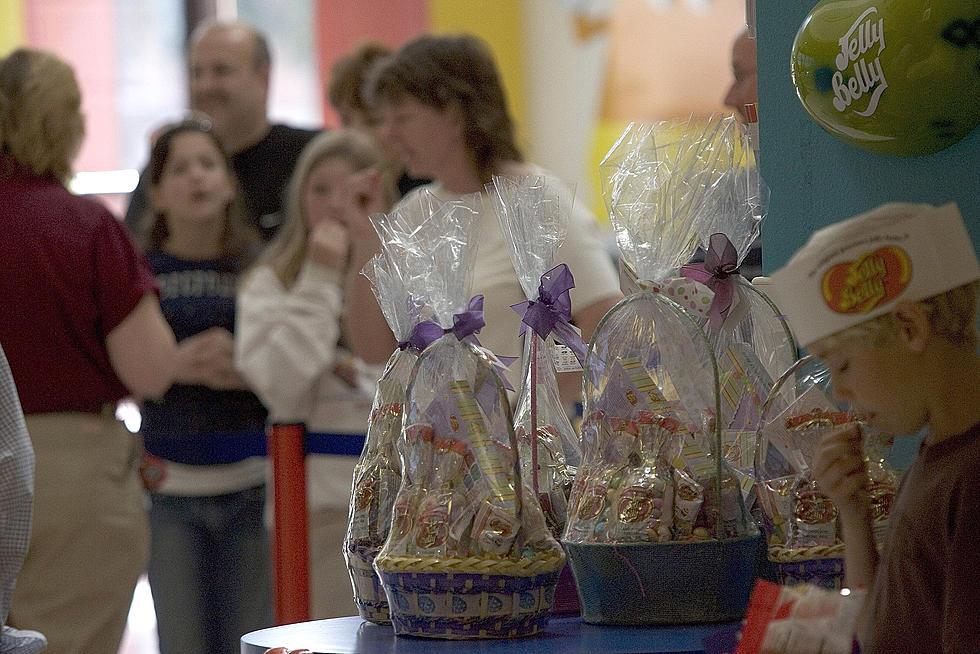The Easter Bunny Has Tons of Candy
The Easter Bunny is on his way! As we approach Easter, the second biggest candy consuming holiday after Halloween, consider this: consumers worldwide are now eating more than $108 billion worth of sweet confections annually.

- Easter Candy Photo by Getty Images
- In 2000, Americans spent nearly $1.9 billion on Easter candy, while Halloween sales were nearly $2 billion; Christmas, an estimated $1.4 billion, and Valentine's Day, just over $1 billion.
- 90 million chocolate Easter bunnies are produced each year.
- Chocolate bunnies should be eaten ears first, according to 76% of Americans; 5% said bunnies should be eaten feet first, while 4% favored eating the tail first.
- 65% of adults prefer milk chocolate compared to just 27% who prefer the healthier dark chocolate.
- Each Easter season, Americans buy more than 700 million Marshmallow Peeps, shaped like chicks, as well as Marshmallow Bunnies and Marshmallow Eggs, making them the most popular Easter candy.
- As many as 4.2 million Marshmallow Peeps, bunnies, and other shapes are made each day.
- In 1953, it took 27 hours to create a Marshmallow Peep. Today it takes six minutes.
- Yellow Peeps are the most popular, followed by pink, lavender, blue and white.
- Americans consume 16 billion jellybeans at Easter, many of them hidden in baskets. If all the Easter jellybeans were lined end to end, they would circle the globe nearly three times.
- Jellybeans didn't become an Easter tradition until the 1930s. They were probably first made in America by Boston candy maker William Schrafft, who ran advertisements urging people to send jellybeans to soldiers fighting in the Civil War.
- 70% of kids aged 6-11 say they prefer to eat Easter jellybeans one at a time, while 23% report eating several at once.
- Children say their favorite Easter jellybean flavors are cherry (20%), strawberry (12%), grape (10%), lime (7%), and blueberry (6%).
More From 96.5 KVKI







![What is the Ark-La-Tex’s Favorite Easter Candy? [POLL]](http://townsquare.media/site/181/files/2017/04/RS15518_484428279-scr.jpg?w=980&q=75)
![Robert J. Wright Does Gangnam Style Dance [VIDEO]](http://townsquare.media/site/181/files/2012/10/RJW-GANGNAM-STYLE.jpg?w=980&q=75)

